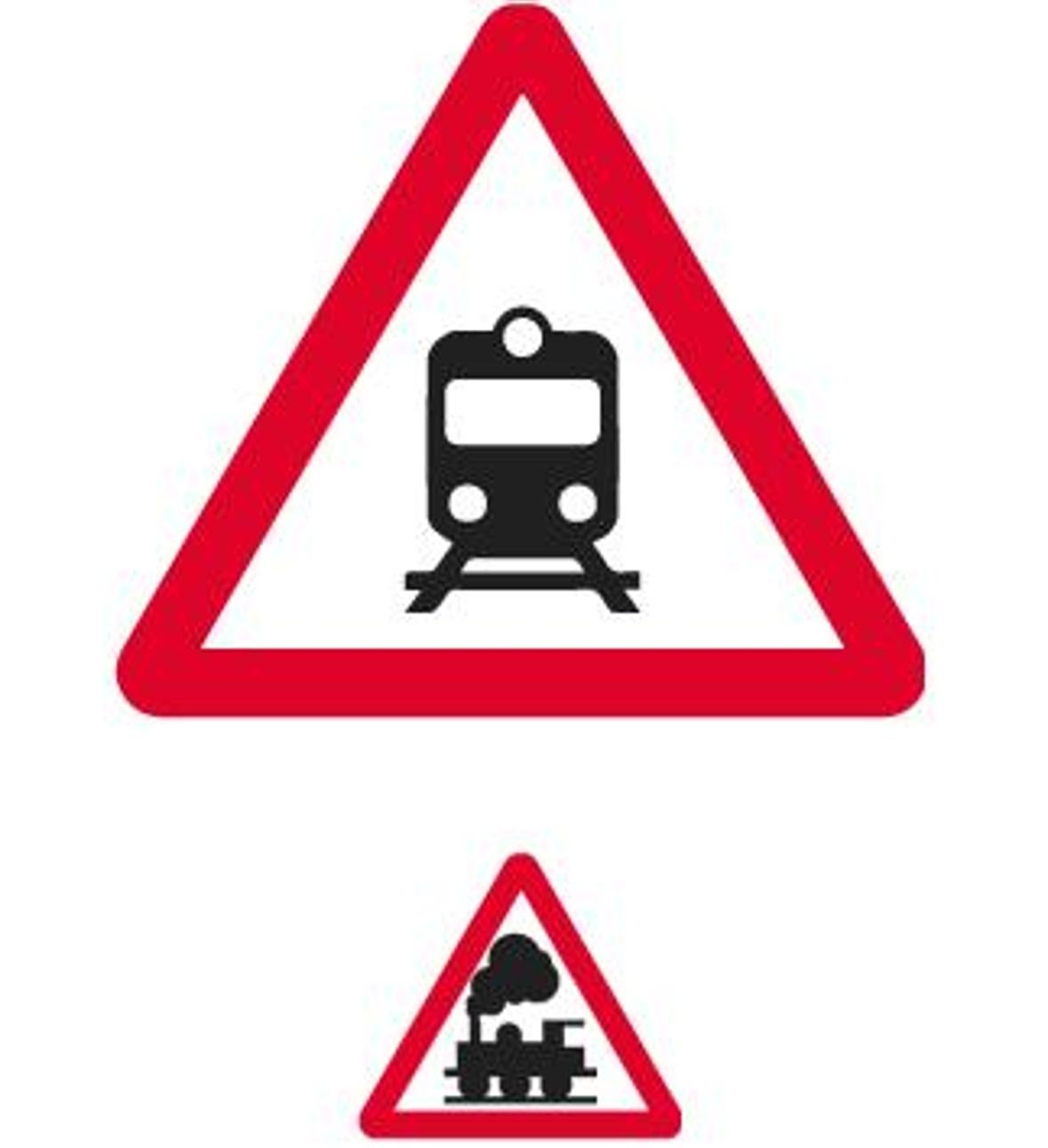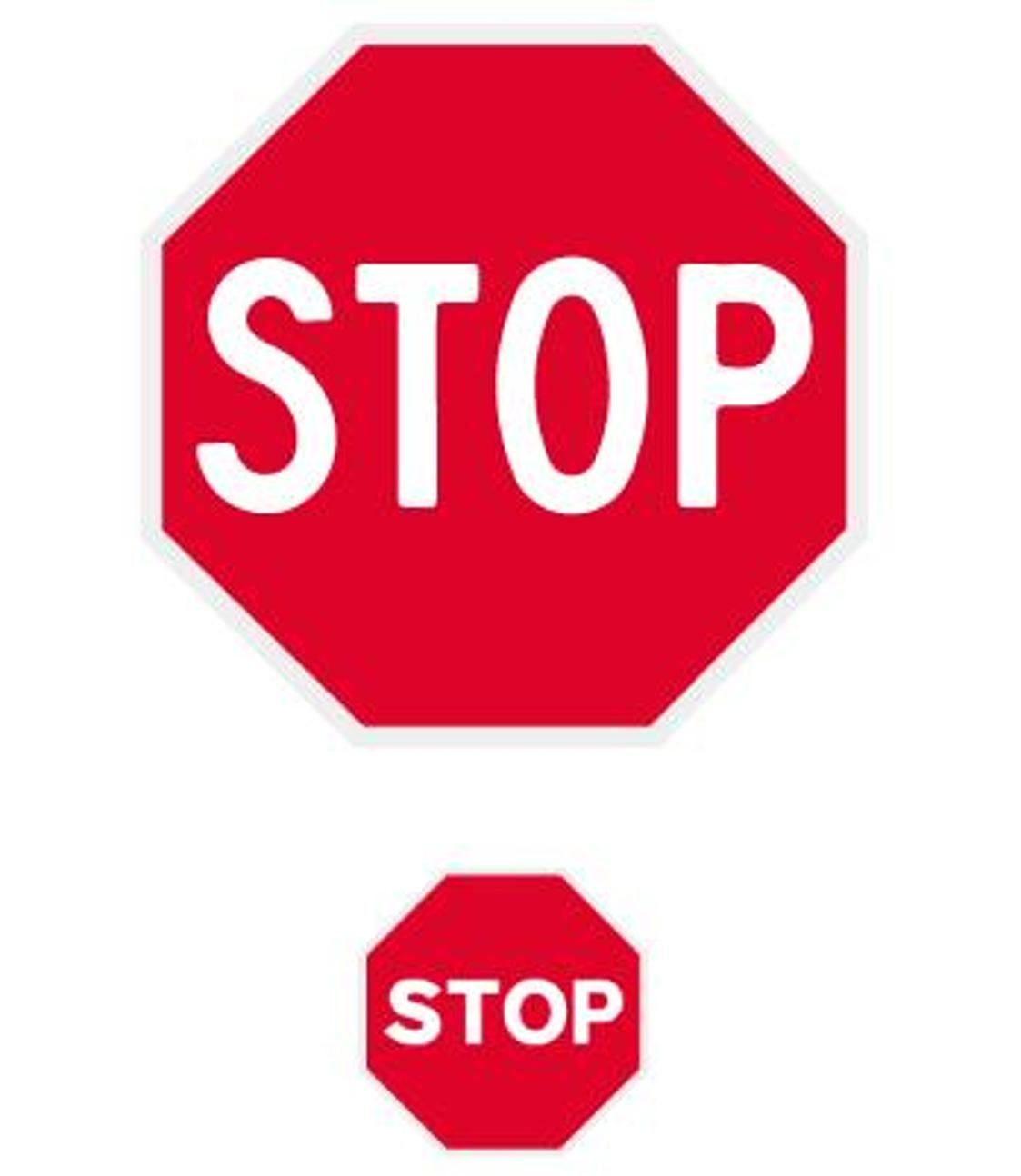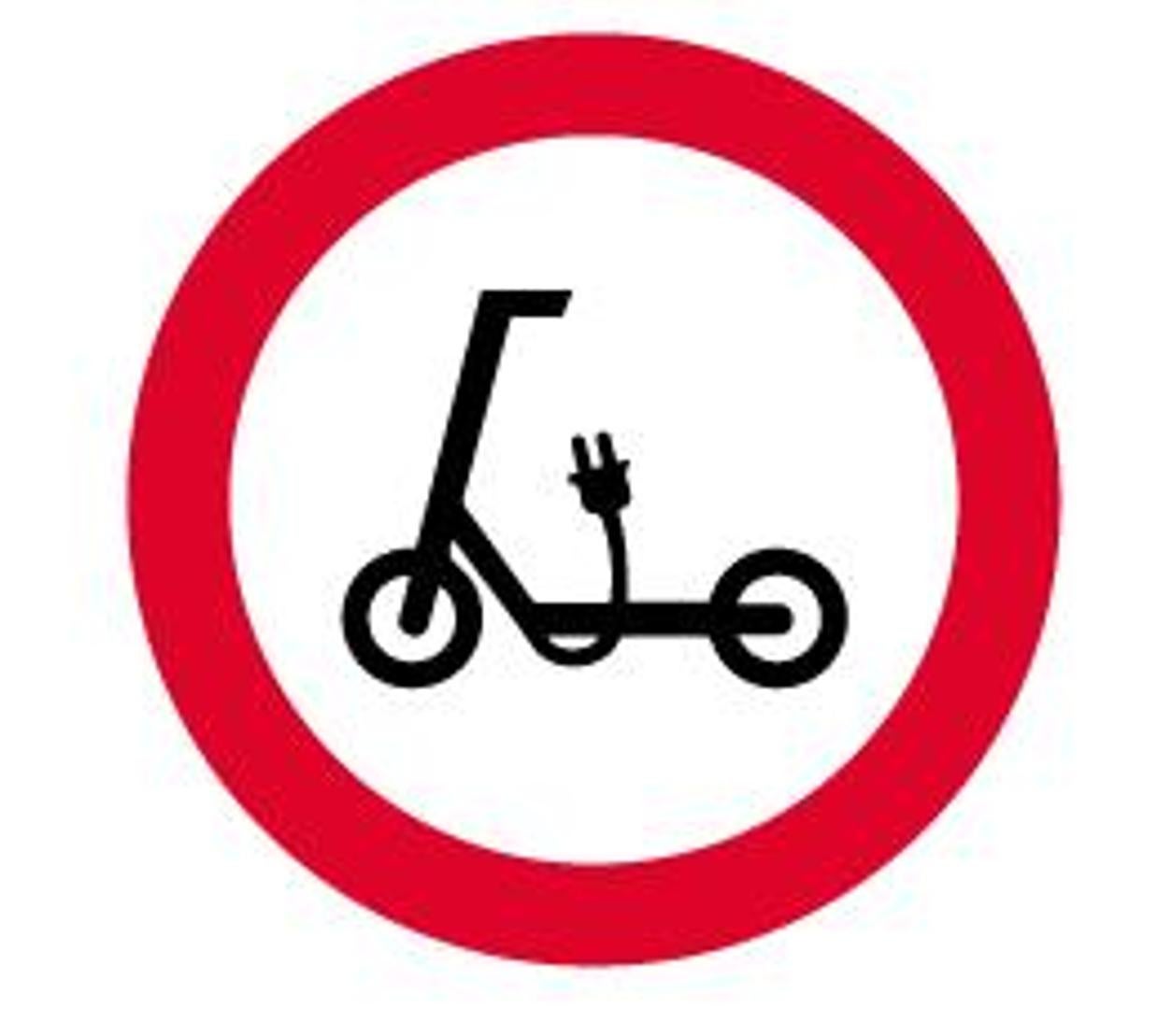

Sections
Highlight

Road users in Spain are getting closer to seeing the DGT's entire new catalogue of traffic signs, which the Directorate-General hopes to have approved this summer. After 20 years without a change, many road signs will be modernised, to adapt to current times.
The latest step in this direction has been the "general" approval of the Council of State (the Spanish government's main advisory body) of the modifications. Through the years, there have been technical corrections, but the designs of the signs have not been changed in the last two decades.
130
is the number of signs that will either have completely new pictograms or be modified in the new catalogue designed by the Ministries of the Interior and Transport
"We can now say that we are in the final stages," said DGT officials, confident that the regulation will become a reality before the end of the summer. Some of the signs have already been installed by local councils and provincial authorities like, for example, the one banning access to low emission zones or the one limiting access to electric scooters and other personal mobility vehicles. Also installed on certain secondary roads is the sign warning of the presence of wild boars - a species that has been proliferating for years, causing the majority of road accidents involving wild animals. In total there are just over 100 new signs and around 30 modified ones. Here are some of the most interesting modifications.

The new catalogue has modernised pictograms to make them more similar to the current versions of the vehicles depicted. The clearest example of this is the level crossing without barriers sign, also called P-8, which is used to warn of the danger posed by a nearby level crossing without barriers or half-barriers. Before the update of the regulations, a pictogram of a steam locomotive was used. Now, the icon has been changed to make way for a more modern-looking electric train.

The updating of existing road signs also aims to eliminate "inappropriate" gender connotations. Among them, the sign placed near schools to warn of the presence of children stands out. The old sign shows a boy holding hands with a girl running behind him, which has been criticised for having a discriminatory component. In the new pictogram, it is the girl who is leading the boy, running ahead of him and carrying a larger bag.

Another sign that has been updated is this triangular sign (triangular signs are always warning or danger signs), which warns of proximity to a stretch of road where traffic is frequently hindered by a significant loss of visibility due to fog, rain, snow, smoke. The old sign could confuse drivers and lead them to think that they were entering a stretch of road where there is a risk of stones falling. It also resembled the new low emission zone sign, which is already installed in many towns and cities. To avoid any confusion, the new icon shows a car driving into the fog represented by a series of horizontal stripes.

The new STOP sign retains its octagonal shape so that we can distinguish it from all other signs even if we only see the back of it. There will be a change in the typography, however. The letters STOP still occupy the centre of the sign, but they will be larger and more visible so that drivers can see them even from a long distance.

The sign warning about the presence of wild boar is likely to become the 'star' of the new sign catalogue or one of the most talked about, seeing as the proliferation of wild boars is certainly becoming a serious problem for drivers. The sign even shows the white tusk on a wild boar's snout. Wild boars are behind no less than 40% of animal accidents on Spanish roads, more than those caused by roe deer (35%), which already has its own pictogram. The deer sign is used to warn of the presence of any loose animals. The pictogram of the wild boar joins the range of fauna 'portrayed' on road signs, such as the aforementioned roe deer (or red deer), the lynx or cow.

At the time when the previous road sign catalogue was approved (back in 2003), scooters were not even thought of as transport vehicles, especially since electric ones did not exist. However, nowadays, this vehicle has become a common sight in towns and cities, which has prompted the incorporation of this sign, which bans the access of personal mobility vehicles (one of which is the electric scooter). Other vehicles 'banned' by this pictogram are segways and hoverboards (used by many tourism companies for urban tours) and electric unicycles, which are characterised by having a large wheel and no handlebars.

Also known as P-35, this is one of the new traffic signs included in the catalogue. This sign refers to a weaving lane and warns of the danger posed by a stretch of road between a merge and a split, where vehicles frequently change lanes, crossing paths and increasing the risk of collisions. It is represented by two cars and two arrows crossing each other in reference to possible lane changes.
It is estimated that there are four million vertical signs installed on state roads, not including the roads under the jurisdiction of municipalities and provincial authorities. Their condition, however, is not ideal. The latest report by the Spanish road association, which carries out visual inspections every two years, indicates that 100,000 signs need to be renewed on the state network and another 260,000 on the regional network, most of them because they have exceeded the six-, eight- or ten-year guarantee determined by manufacturers for the retro-reflective sheeting, which contributes to the signs' visibility at night. "When you drive at night, with your lights on, you have to be able to see what is on the sign," said Manuel Arbona, president of the association of manufacturers of metal traffic signs (Afasemetra), highlighting that this is not the case with more than 2.3 million signs of the signs (the number has increased since Afasemetra's last study in 2019). Arbona has calculated that 80% of the signs are in a "poor state" of visibility and should therefore be renewed. For that reason, he has called for an increase in public investment in this area to ensure road safety.
Publicidad
Publicidad
Publicidad
Publicidad
Esta funcionalidad es exclusiva para registrados.
Reporta un error en esta noticia

Debido a un error no hemos podido dar de alta tu suscripción.
Por favor, ponte en contacto con Atención al Cliente.

¡Bienvenido a SURINENGLISH!

Tu suscripción con Google se ha realizado correctamente, pero ya tenías otra suscripción activa en SURINENGLISH.
Déjanos tus datos y nos pondremos en contacto contigo para analizar tu caso

¡Tu suscripción con Google se ha realizado correctamente!
La compra se ha asociado al siguiente email
Comentar es una ventaja exclusiva para registrados
¿Ya eres registrado?
Inicia sesiónNecesitas ser suscriptor para poder votar.